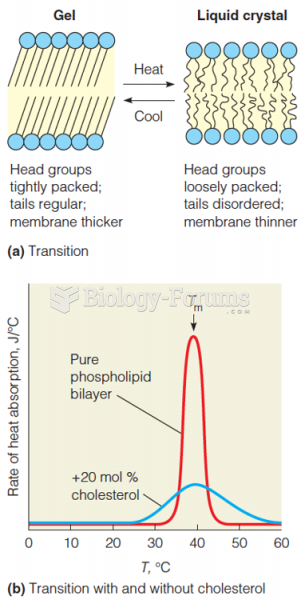Answer to Question 1
Esophageal phase:
Epiglottis does not close normally.
Bolus remains in the esophagus.
Avoid sticky and dry foods.
Follow dense foods with liquids.
Stage 2:
Ground/minced diet, but patient may be able to tolerate as high a level as Phase 4 since she has little difficulty with the oral stages of her diet.
She must be sure to follow dense foods with liquids to wash food through the esophagus.
Liquid type: Nectar-like
Answer to Question 2
Diet Description Examples of foods
NDD-1: Dysphagia Pureed Designed for individuals with
- severely reduced oral preparatory stage abilities
- impaired lip and tongue control
- delayed swallow reflex triggering
- oral hypersensitivity
- reduced pharyngeal peristalsis
- and/or cricopharyngeal dysfunction
Pudding consistency pureed smooth with no lumps. Cream of wheat
Smooth yogurt
Smooth custard
Pudding
NDD-2: Dysphagia Mechanically Altered Designed for individuals who can tolerate a minimum amount of easily chewed foods.
May be appropriate for persons with
- moderately impaired oral preparatory stage abilities
- edentulous oral cavity
- decreased pharyngeal peristalsis
- and/or cricopharyngeal muscle dysfunction
No coarse textures, nuts, raw fruits or vegetables; meat is ground or finely diced or in casseroles. Eggs
Pancake with syrup
Tuna salad
Canned peaches
Banana
NDD-3: Dysphagia Advanced Designed for pts who may have difficulty chewing, manipulating, & swallowing certain foods.
Based on a mechanical diet & consists of soft food items prepared w/out blenderizing or pureeing.
May be appropriate for persons beginning to chew or with mild oral preparatory stage deficits.
No hard fruits or vegetables, nuts, or crispy, raw, sticky, or stringy foods. Vegetable soup
Ham sandwich
Cantaloupe
Liquid type Liquid viscosity in cP (at shear rate of 50 s-1 and 25 degrees C)
Thin liquid 1-50
Nectar-like 51-350
Honey-like 351-1750
Spoon-thick >1750







